
31 minute read
Dieri consent determination
On the first day of May, 2012 the Dieri peoples were granted native title over their country. The official Federal Court hearing was held on country at Marree Station. Following Dieri tradition – the hearing started at 6.45am, sunrise. Frank Warren, Chairman of the Dieri Aboriginal Corporation said it was a great day for the Dieri peoples. “It took us years to get to where we are and it was very difficult but we knew in the long term we would get here, everyone is very pleased today about getting our native title,” he said.
“… I don’t think much will change but it’s a big deal for the state government and federal government to take notice that there are Dieri mobs around.”
Advertisement
Native title holder and member of the Dieri Aboriginal Corporation Paul Kemp, said the day was a big relief. “Native title, for all our people, and myself personally it is a big relief “Native Title is a difficult process, it frustrates a lot of people but today is history making for our people and it’s a special day,” said Mr Kemp. “The journey has been very hard, my mum was at the start of it and there were times were we didn’t know how it was going to finish up … there’s been heartache and it hasn’t been easy and we’ve lost a lot of people along the way … now we have opportunity, we can think about development and to spend our money wisely, to utilise the land and get back onto country.
“… a lot a people are pleased when they go back on country,” he said.
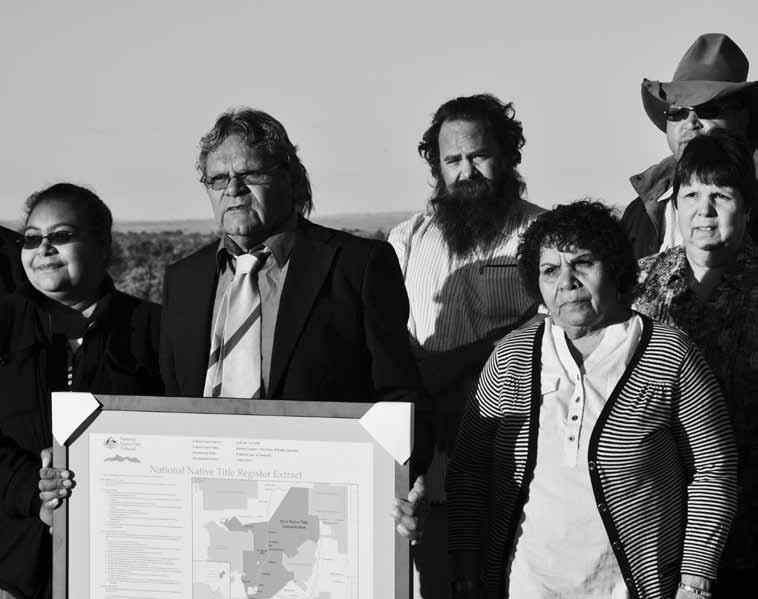
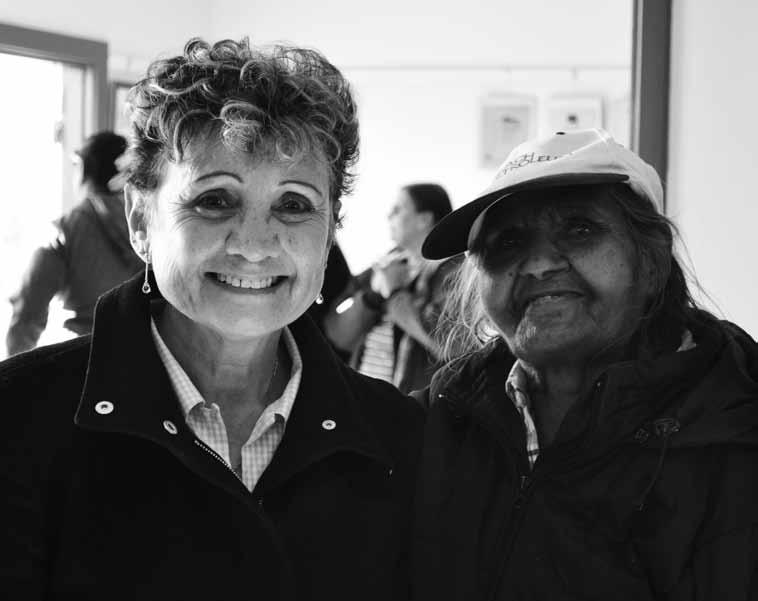
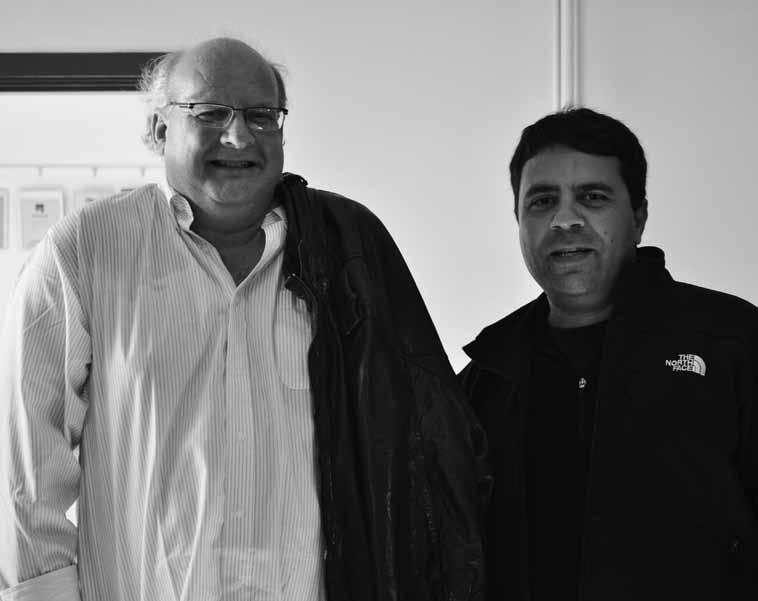
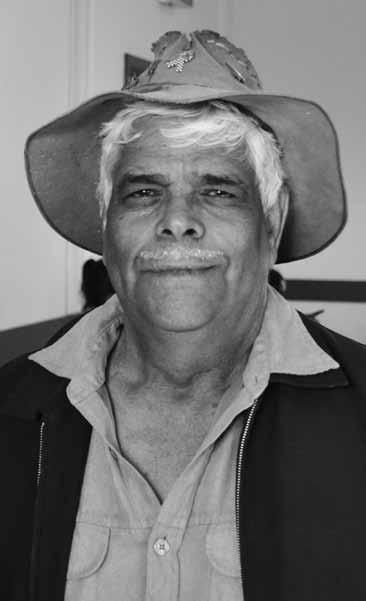
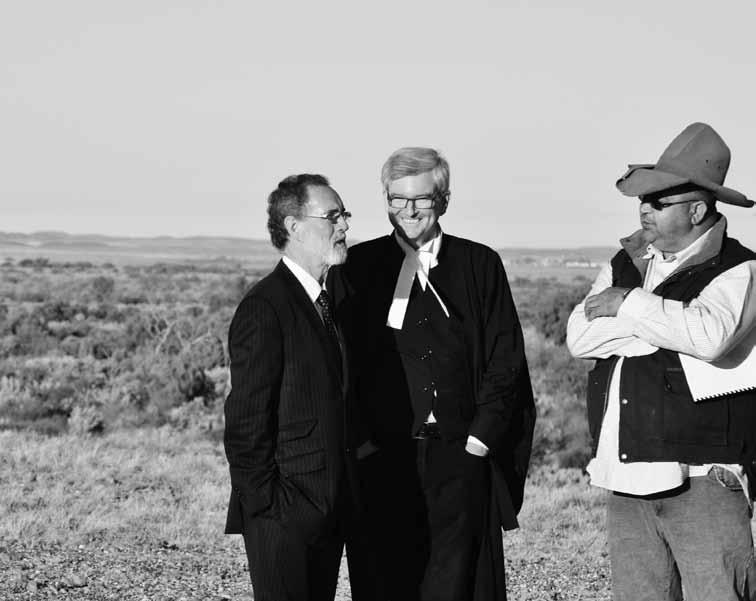
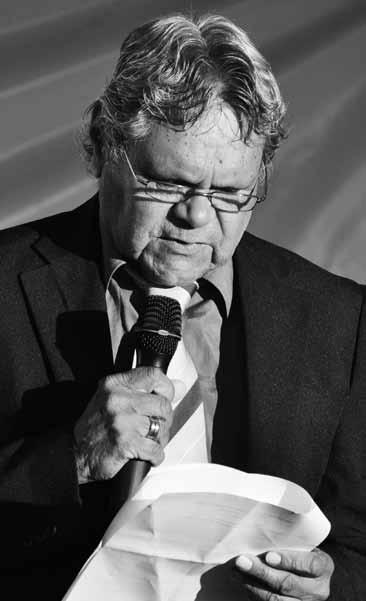
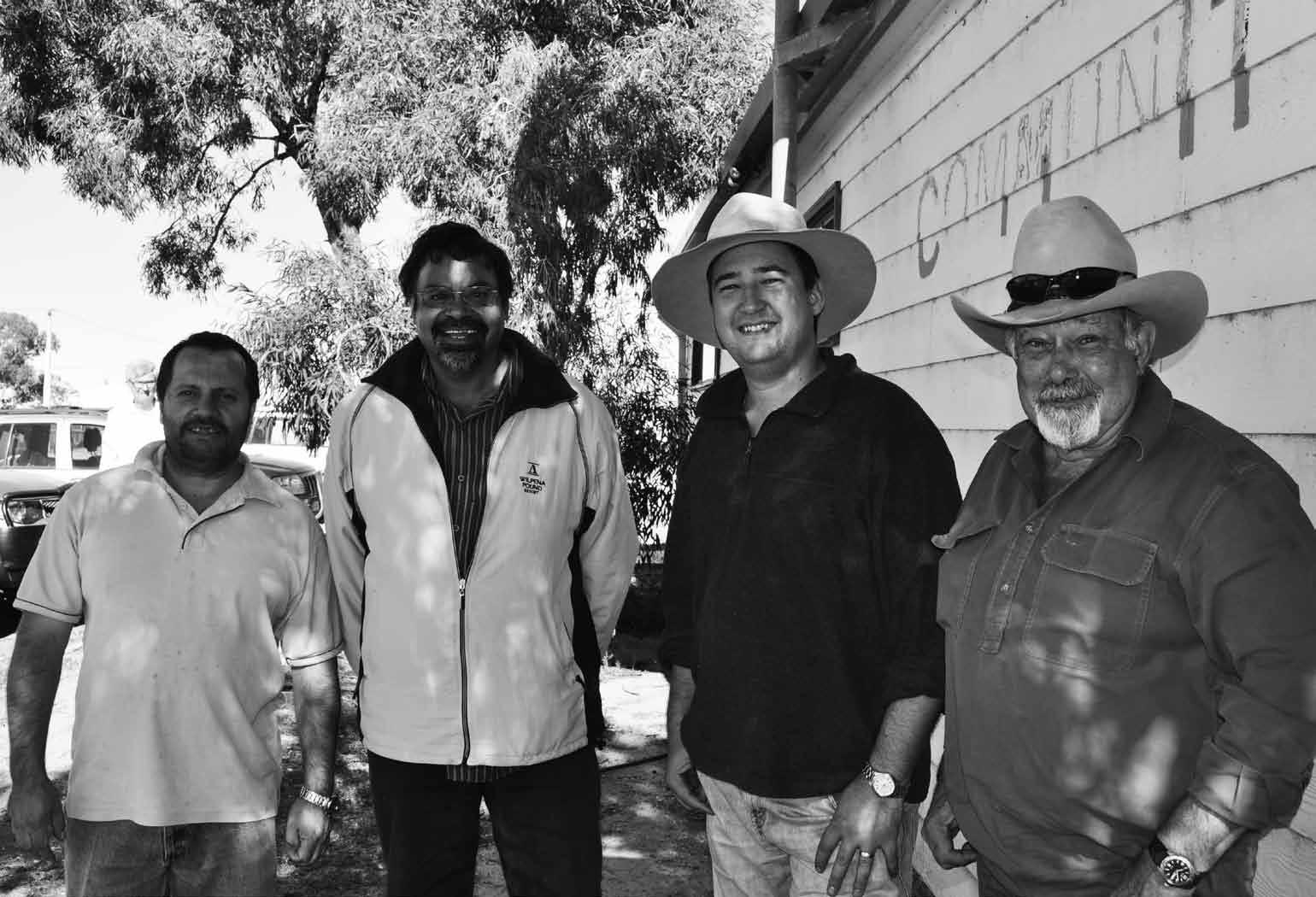
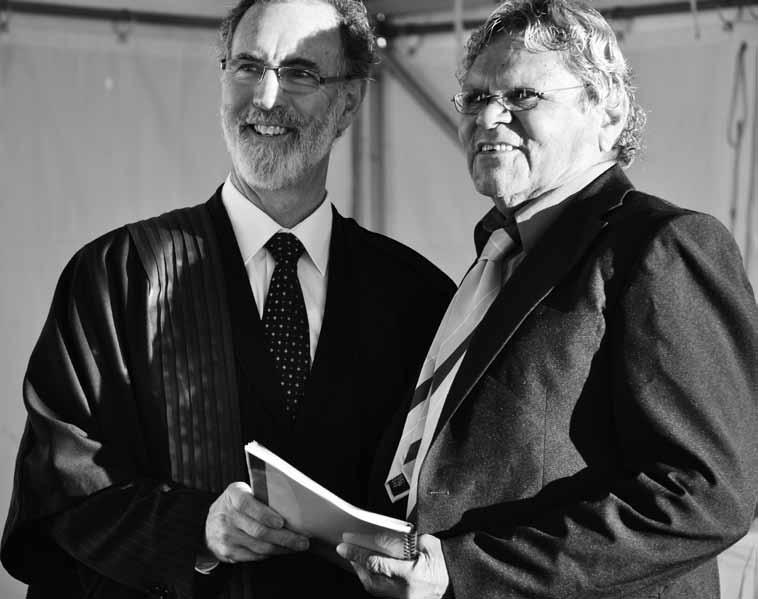
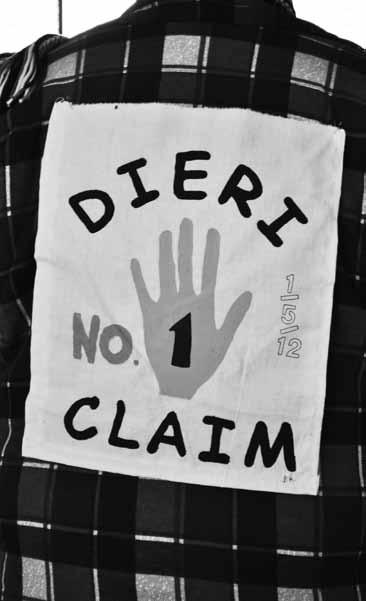
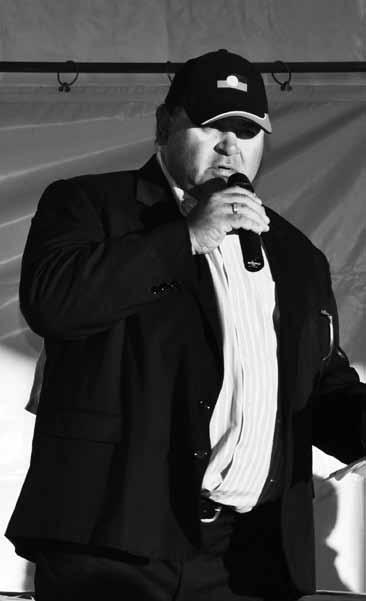
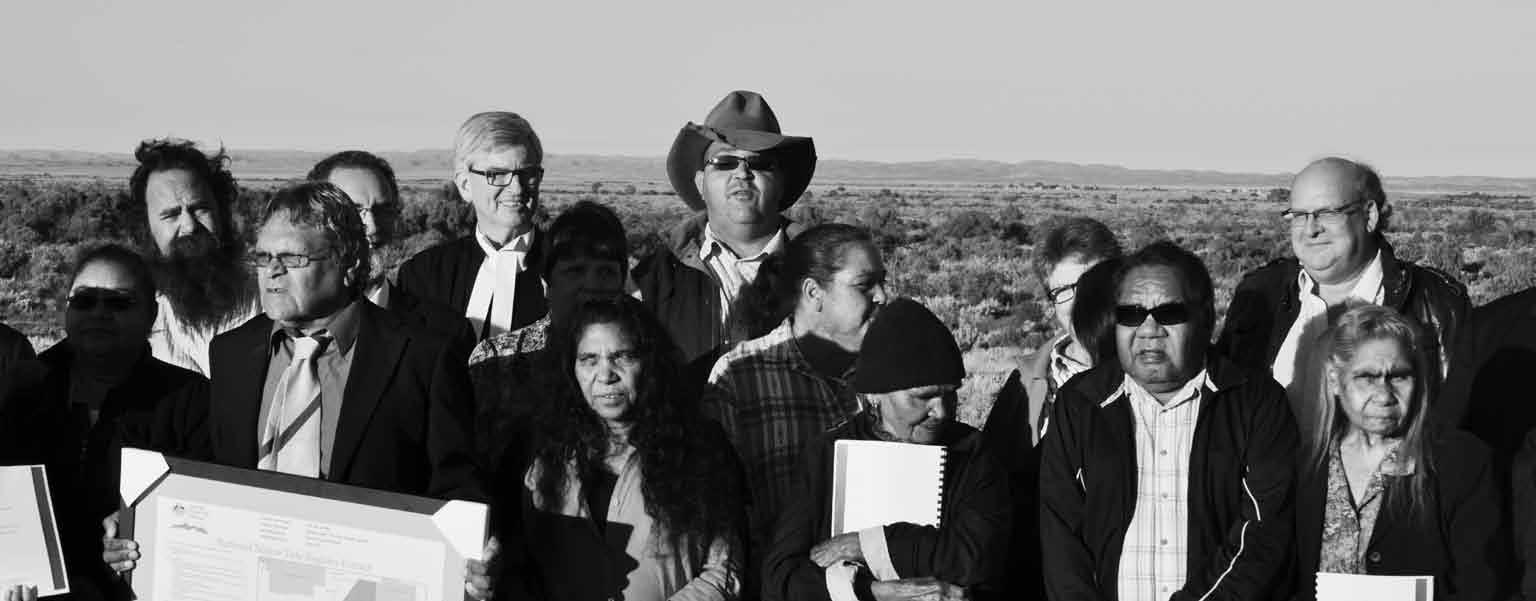
Native title fishing rights for Narungga people have been deemed extinguished by the South Australian Supreme Court under the 1971 Fisheries Act.
The decision comes after The Department of Fisheries and Aquaculture appealed the acquittal by Magistrate Derek Sprod for Two Aboriginal men, who were charged with taking 24 undersize abalone from Yorke Peninsula in 2009. On May 11, The Supreme Court found the two men guilty and made further comments that the Narungga people’s native title rights to fish along the coastline of York peninsula have been extinguished. The case was considered a landmark legal case and a possible test for the use of native title as a defence.
Although it is not a determination that no native title exists, the decision raises complex issues over native title fishing rights in other states and ignores previous cases which have recognised such rights. South Australian native title services senior legal officer, Osker Linde said the decision is a matter of state importance. “It is a significant decision because if this rationale was applied to all other cultural groups with sea claims in South Australia no native title claim in SA would have a right to fish in their waters,” said Mr Linde. Owen John Karpany, 59, of Kapunda, and son Daniel Thomas Karpany, 24, of Parafield Gardens, who belong to the Narrunga people, were charged under the Fisheries Management Act after they were found with greenlip abalone meat at Cape Elizabeth, south of Port Hughes on Yorke Peninsula. Mr Karpany has instructed solicitors to prepare an application for special leave to appeal to the High Court against the decision.
State Government moves on formal recognition of Aboriginal people
The State Government will amend the South Australian Constitution to formally recognise Aboriginal people, Premier Jay Weatherill has announced.
Marking Reconciliation Week 2012, Mr Weatherill said an advisory panel would be established to consult the community before recommending to the Government options for formal recognition. “The health and wellbeing of Aboriginal communities is profoundly affected by their standing within the broader community,” Mr Weatherill said. “For too long, Aboriginal people have been treated as second class citizens.
“This will elevate them to their rightful place as First Australians and pays them proper respect.” Mr Weatherill said he would announce a panel of distinguished South Australians to provide advice on the language and placement of the recognition in the Constitution. Aboriginal Affairs and Reconciliation Minister Paul Caica said it was an historic step. “It is clear there is strong support for this action from both Aboriginal and non-Aboriginal South Australians,” Mr Caica said.
“It will be a statement that guides the relationship between our communities as we strive together to improve outcomes for Aboriginal people and indeed, for the whole of our community.” Aboriginal community leaders welcomed the announcement. Commissioner for Aboriginal Engagement Khatija Thomas said it was an exciting day for Aboriginal people. “We have asked for respect,” Ms Thomas said. “This announcement gives us hope that all South Australians will recognise Aboriginal culture and history has been, and is, a fundamental part of the South Australian story.” Reconciliation SA Co-Chair Professor Peter Buckskin said recognition of Aboriginal people continues the process of engagement.
Women meddling in men’s law angers traditional Anangu
Controversy surrounding the publication of a sacred aboriginal men’s creation story NGINTAKA has broken out amongst senior Anangu men on the APY Lands.
Central to the bid to gain some rights to expose and publish Ngintaka Men’s Law is a non-Aboriginal woman, Diana James, a student at Australian National University ANU. Ms James previously worked as Co-founder of “Desert Tracks” at Arngatja Homeland who like many white people before her have witnessed some extraordinary practices which have governed aboriginal existence since time immemorial.
Yami Lester of the Yangkuntjajara people says, that while Ms James may have achieved a smoke-screen of western style agreements to aid her educational ambitions, her project outline using sacred men’s law has angered cultural men across the lands. Ngintaka is a deeply religious and significant account of Creation belonging to loyal Anangu men, past, present and future. This law is only spoken of in the correct context and in particular ceremonies.” “Ms James is already involved in a public website, known as the Palya website, http://www.palyafund.org.au/projects/ link/ngintaka.aspx which publishes culturally significant information and refers to the Anangu men’s sacred account of creation as a “project”. The website claims interest in the sacred men’s law for preservation purposes, stating: “This project is of urgency as the Western Desert people’s oral heritage is diminishing as Elders die. Not only does this have anthropological consequences, this oral heritage it is vital for the restoration of Anangu identity and selfrespect.” “Ms James hopes to achieve a PHD at the Australian National University by using the Ngintaka Creation journey, told only amongst traditional men, and the ANU has agreed to fund Ms James pursuits”, said Aboriginal man Yami Lester of the Yangkuntjajara people. “A letter sent out by Ms James soliciting participants for the project, outlines a moving away from traditional oral culture. It is very clear that this project is not the brain child of traditional people”, said Yami Lester.
“The Anangu are being encouraged to sell out the senior men and their law. Ms James letter includes the following incentives to become involved”.
“4) People who choose to be involved in the research project through interviews will be paid for their time at the APY
Award appropriate for their knowledge and expertise. We cannot pay people for meetings, or coming on field trips to hang about or learn, we can only pay workers on the Project. 5) The benefits to people who are involved in the research Project: a/ trips back to their country” b/ participation as artists, storytellers
and dancers in exhibitions and performances.” Cultural artist and Pitjantjatjara man Frank Young of Amata Arts and Pitjantjatjara man Mike Williams of Mimili Arts are amongst those who are not happy with the meddling of the women and the ANU. Mike Williams has already made his stand against their meddling very clear to the women involved. Frank Young and Mike Williams stand strongly together with Yami Lester of Walatina where the living NGINTAKA presence is most prevalent. “Traditional Anangu men are inseparable from their law of creation and now believe their very existence is being degraded and passed off as a common art form– a money spinning curiosity, clearly not understood by those who have casually or hastily condoned this “project”. Claiming that they wish to preserve our law on a stage or in a museum is folly. This shows ignorant disregard for our living culture, our precious lands and our male beings,” said Yami Lester. Yami Lester says, “Intelligent people of the western culture should know well their own religious saying”, “bible.cc matthew 7-6, “Give not that which is holy unto the dogs, neither cast ye your pearls before swine, lest they trample them under their feet, and turn again and rend you.” “I am surprised that the NPY women’s Council are supporting this, in my opinion, unethical project and Trojan horse into forbidden ground. Aboriginal people are already on the back foot for our intellectual copyright. I am further surprised that the members of the NPY Women’s Council don’t know their place in matters of men’s business. It is very unfortunately when the gleam of the white dollar overrides the future of our culture as we have practiced it for centuries.” “White do-gooders amongst us need their boundaries to be defined. They need to stop ‘helping us’ to market everything precious to us including our ‘religion’.” I see the meddling of these ambitious organisations and individuals on our land “today” as the beginning of the end of our LAW. It is not because the old people may die out and we have lost our marbles and don’t know how to pass our own Law to our sons. People die all the time. What we are dealing with here is persuasive talk, ambition, insensitivity and greed.” “The ANU should keep their nose out of black fella things instead of attempting to remove the sacredness and essence from our culture and fling it before the eyes of the material world. Saying they want to preserve our culture is rubbish. Exposing the most sacred of aboriginal men’s law to unready women and children (let alone the entire world) will further weaken our culture and humiliate traditional Anangu men”, said Mr. Lester.
Footnote: It is understood that ANU is considering its position in relation to this matter. This story is kindly reproduced with permission from Yami Lester and the Coober Pedy Times.
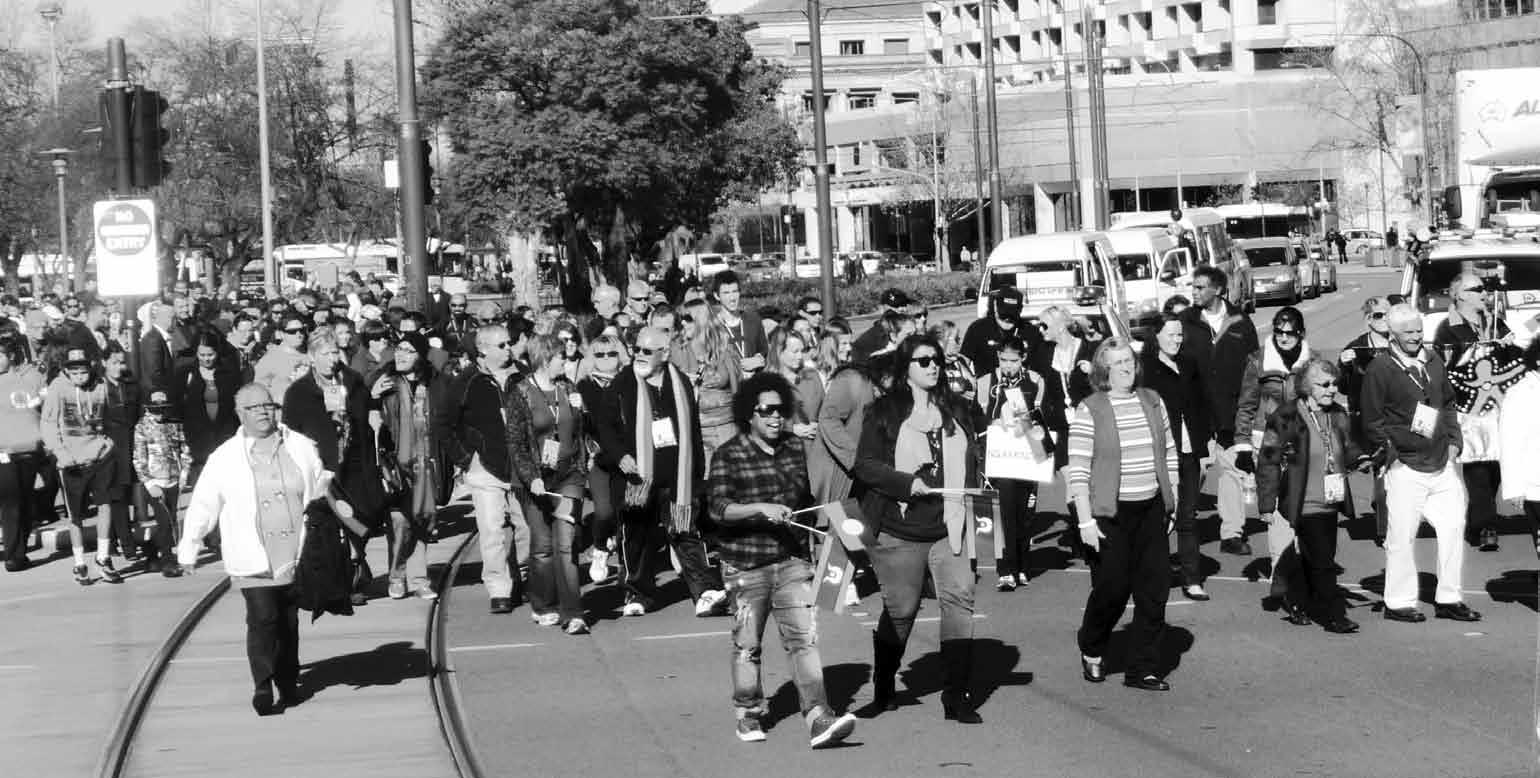
Aboriginal people around the nation took pride in celebrating NAIDOC Week which started on 1 July. NAIDOC is marked by a week of activities that are aimed at increasing the understanding of the heritage, struggles and achievements of Aboriginal and Torres Strait Islander peoples.
The national NAIDOC committee this year chose the theme to recognise the 40th anniversary of the Aboriginal Tent Embassy and called it The spirit of the Tent Embassy: 40 years on.
South Australian Minister for Aboriginal Affairs and Reconciliation Paul Caica said a significant event linked South Australia with the Aboriginal Tent Embassy.
“This year will also commemorate the 41st anniversary of the Australian Aboriginal Flag which was first flown in Adelaide at Tarndanyangga, otherwise known as Victoria Square, in July 1971,” Mr Caica said.
“It became the official flag for the Aboriginal Tent Embassy in Canberra after it first flew there in 1972. It has since become a widely recognised symbol of the unity and identity of Aboriginal people. “South Australians can be proud Adelaide was the first capital city to raise the Aboriginal Flag.” Activities were held all around the state during the week and included local football matches, Aboriginal film events, visual arts exhibitions, bridge and remembrance walks, children’s events, breakfasts, flag raising ceremonies and awards.
In Adelaide, hundreds of people took part in the rally and march down King William Street.
2012 NAIDOC SA Awards
The recipients of the 2012 NAIDOC SA Awards were announced at a ceremony at the Adelaide Town Hall at the start of NAIDOC Week.
Chairperson of NAIDOC South Australia, Mr Tauto Sansbury and NAIDOC Ambassadors, Professor Roger Thomas and Dr Alitja Rigney presented the 2012 NAIDOC SA Awards.
This year’s theme is The spirit of the Tent Embassy: 40 years on, celebrating the establishment of the Aboriginal Tent Embassy in 1972 by those who lived to renew the spirit of Aboriginal and Torres Strait Islander peoples.

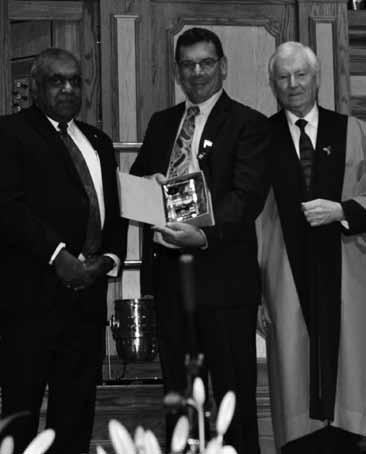
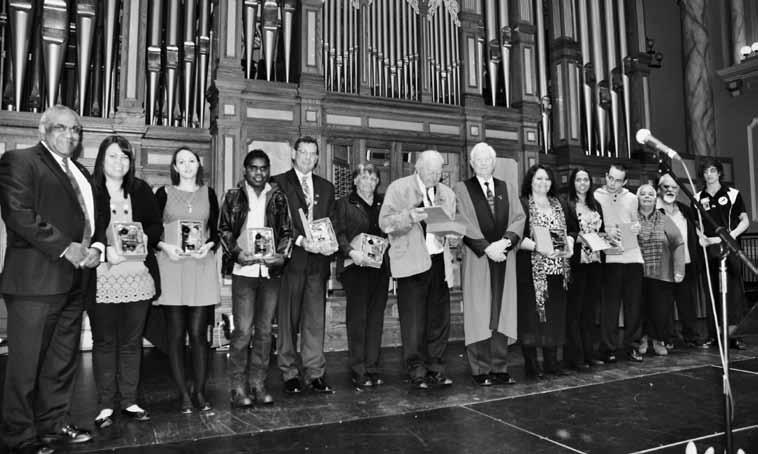
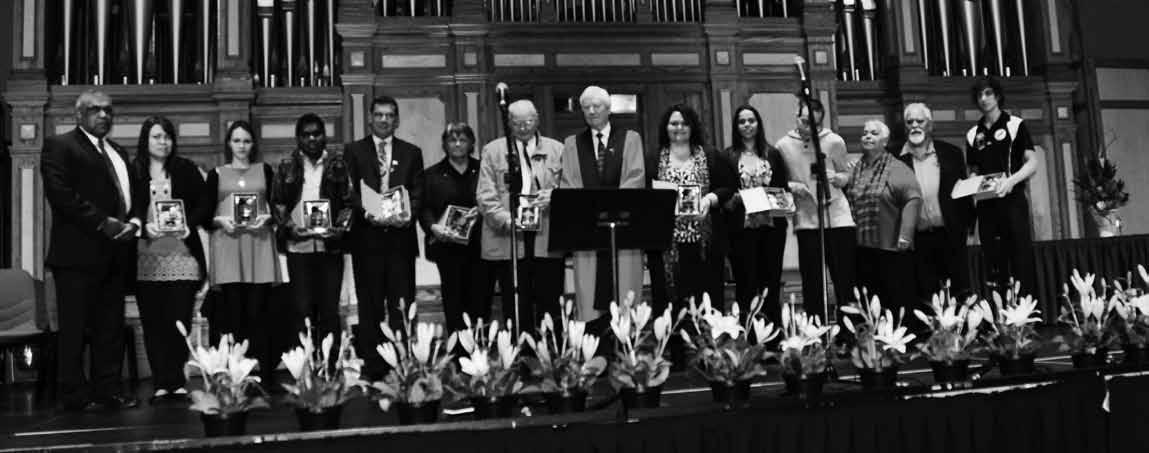
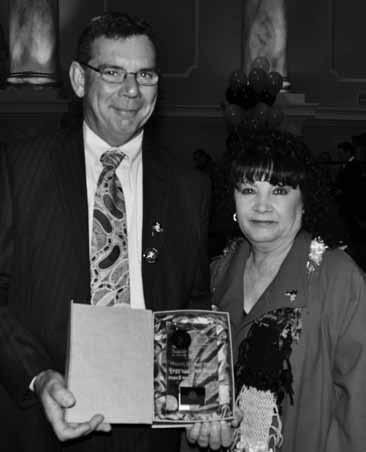
Working on Countr y Indigenous Rangers’ Forum
To recognise the importance of Heritage and Native Title being considered together, the Aboriginal Heritage Branch (AHB) of the Aboriginal Affairs and Reconciliation Division (AARD) will have a small section in this newspaper to address what we are doing about important issues. The State Aboriginal Heritage Committee (SAHC) and the AHB are working closely with the Congress Heritage Sub-Committee and the South Australia Native Title Services (SANTS).
The Working on Country Indigenous Rangers’ Forum was held at Calperum Station near Renmark from 16–20 April, 2012. The Aboriginal Heritage Branch was invited to present three workshops at the Forum. There were to be two about recording Indigenous sites and a full day introduction to cultural heritage management.
Working on Country is a Federal Government initiative designed to assist Indigenous people to enhance their relationships to country, and to be involved in the management of it. The main benefits of the program are that it provides environmental and cultural assistance with the trainee rangers, using both western and Indigenous knowledge, to manage huge tracts of their country, both land and sea. Working on Country also offers training and employment for remote communities who have long been economically disadvantaged. The Aboriginal Heritage Branch was represented by Principal Heritage Officer, Heidi Crow, Senior Heritage Officer Peter Birt and Heritage Officer Janine McEgan. The Forum was held in a relaxed, open-air setting adjacent to Ral Ral Creek. This enabled ready access to the environs for the practical hands-on sessions offered. We were blessed with fine calm weather.
The site recording workshops, normally presented over two to three days, were condensed into 3.5 hour sessions.
The first session on the Tuesday afternoon had 16 participants with a large contingent from the Bunya Mountains in Queensland. Everyone was keen to learn and eager to ask questions. The last hour of the workshop was undertaken at an already recorded site near the station homestead. Heidi, Peter and Janine assisted with GPS use, recognition of artefacts and features, and recording techniques as needed. Wednesday morning saw a much smaller group of just three interested in gaining some understanding about recording. However, being all South Australian, allowed more discussion on the legal requirements under the Aboriginal Heritage Act 1988, allowed for a more informal discussion.
A communal dinner on Thursday night was preceded by a presentation of message sticks to the various representatives of country by the Bunya Mountains people. All attendees of the Forum were encouraged to sign a permanent signature board to serve as a reminder of a successful and informative gathering of peoples from around the continent.
Overall, the Forum delivered a great sense of community interaction and exchange of ideas with the contribution of the Aboriginal Heritage Branch being well received.
Copyright © Change Media.
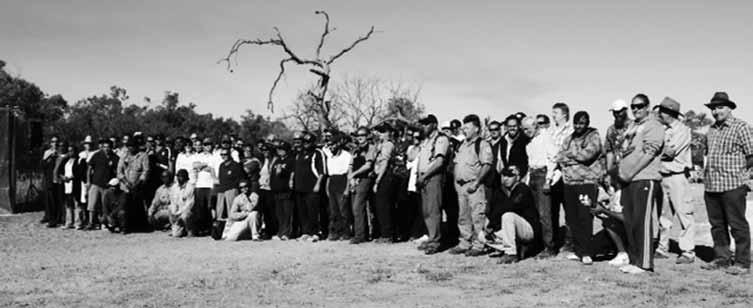
West Coast Heritage Site Recording
Wirangu No2 native title claimants Allan Wilson and Penong Miller, along with Peter Birt and Matt Kenny from the Aboriginal Heritage Branch undertook heritage site recording in the claim area, 14–18 May. Nearly all of the sites previously recorded in this area, had been along the coast including several recorded by this team in 2011. Our aim this time was to expand on earlier work and specifically to target inland sites, through a combination of checking recorded sites and identifying new sites through local knowledge, maps and aerial photos. Over the course of the week we inspected previously recorded sites in the Venus Bay Conservation Park, recorded new sites in the Calpatanna Waterhole Conservation Park, as well as a number of significant hills throughout the area and historic camp areas at Wirrulla, Yantanabie and Yaninee.
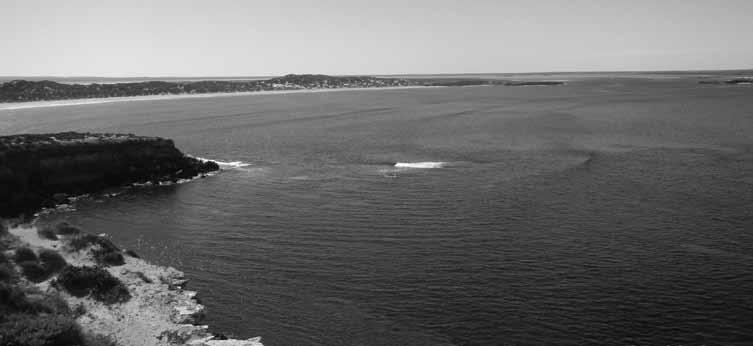
Eleven new sites were recorded and some previously recorded sites were checked during this week. Site cards are now being drafted and will in due course be added to the DPC-AARD central archive. Much more needs to be done to document Aboriginal heritage in this area, but this is the case for most regions in South Australia.
We would like to thank Allan Wilson, Penong Miller and the Wirangu people for their support and to thank DENR staff at Streaky Bay for their warm welcome.
North Head at Venus Bay.
This section sponsored by the State Government of South Australia
If you have a question about heritage or want to be on our mailing list you can contact us via the people listed below.
Manager Anne Stimson anne.stimson@sa.gov.au Ph: (08) 8226 8902 or 0401 124 391
Heritage Conservation Heidi Crow heidi.crow@sa.gov.au Ph: (08) 8226 8917
Community and Industrial Relations Ribnga Green ribnga.green@sa.gov.au Ph: (08) 8226 7052
Heritage Information Management Justin Wearne justin.wearne@sa.gov.au Ph: (08) 8226 8860
Register Searches heritagesites.aard@dpc.sa.gov.au
State Aboriginal Heritage Committee Laura Najjar laura.najjar@sa.gov.au Ph: (08) 8226 6200
Fax number (08) 2260390
Location State Administration Building Level 13 200 Victoria Square/ Tarndanyangga ADELAIDE SA 5000
Postal address GPO Box 2343 ADELAIDE, SA 5001
Adelaide City Council has reaffirmed its commitment to reconciliation by signing a revised National Sorry Day Acknowledgement in a ceremony in Victoria Square/ Tarndanyangga on Thursday 24 May. “Signing this acknowledgement will help to forge relationships with the City Council and the local Aboriginal community, and I give credit to the Council and Lord Mayor for taking this important step,” said John Browne, Chairperson of the Journey of Healing SA. National Sorry Day is a national event that takes place each year on the 26th May. The first Sorry Day was held in 1998 following the national inquiry into the separation of Aboriginal and Torres Strait Islander children from their families. The Bringing Them Home Report revealed the extent of forced removal policies. Yvonne Agius, dual chair of Council’s Reconciliation Committee said, “We’re very pleased that the Lord Mayor will sign this document and we value his continued support of reconciliation and the Aboriginal community”. Council was a leader in reconciliation when it signed the National Sorry Day Acknowledgement in 1998, which also provides the guiding principles for its Reconciliation Action Plan. The acknowledgement was revised earlier this year to ensure ongoing relevancy, to further enhance Council’s commitment to reconciliation and to respond to the national apology to the Stolen Generation delivered in 2008 by then Prime Minister Kevin Rudd. Lord Mayor Stephen Yarwood said this was another step toward healing the effects of past actions. “Signing this document is about acknowledging the hurt and harm that was caused by the forced removal of children from their families,” Stephen said. As part of its commitment to the process of reconciliation, Council has an ongoing relationship of consultation in partnership with the Aboriginal and Torres Strait Islander community. This includes projects such as community education through the Kaurna cultural walking tours, Kaurna dual naming of Park Lands and City Squares and maintaining the Reconciliation Committee to ensure Aboriginal and Torres Strait Islander perspectives and aspirations are represented. It also involves supporting initiatives through grant funding that improve community services to Aboriginal people in the city such as the Mobile Assistance Patrol.
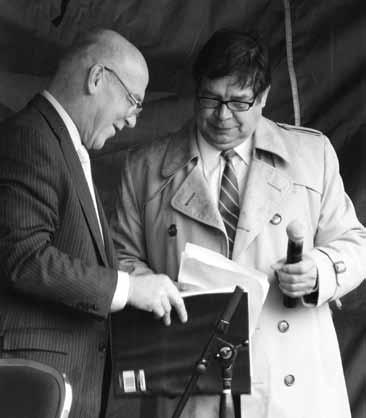
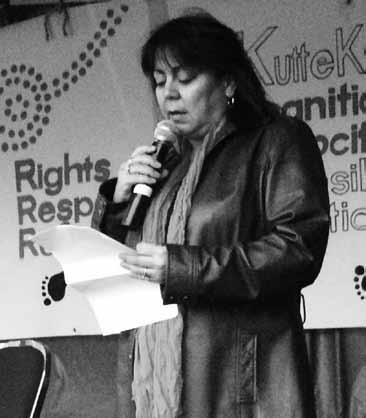
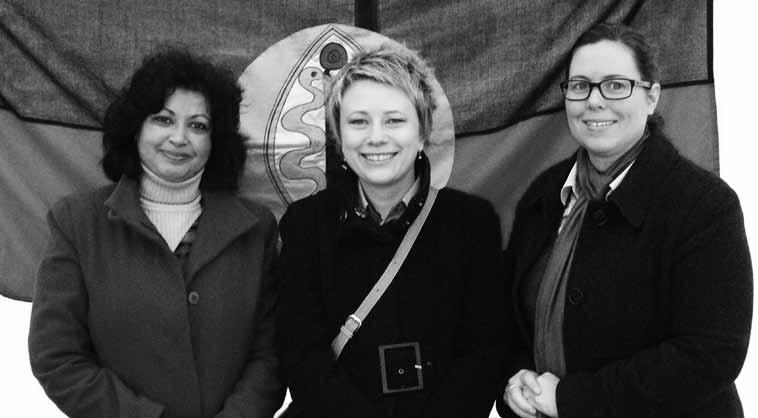
Top left: Chairperson of the Journey of Healing John Browne and Aboriginal Affairs Minister Paul Caica at the Sorry Day event. Top right: ALRM’s Cheryl Axleby addressed the people attending the Sorry Day event. Bottom: ALRM staff provided information to people about available services. Left to right: Sapna Dogra, Aldona Pretty and Sarah Mitchell.
Youth worker wins 2012 Premier’s NAIDOC Award
An Aboriginal youth worker from Mt Gambier has won the Premier’s NAIDOC Award for 2012.
Linda Clayton won the award. She works for the Department for Education and Child Development. Premier Jay Weatherill said the NAIDOC award recognised outstanding achievement of a South Australian who has made a significant difference to the lives and welfare of young Aboriginal people in South Australia. “Those who know Linda describe her as a strong woman who acts with integrity and empathy and is passionate, organised, and responsive to the people she helps,” Mr Weatherill said. “Through her work with young people and their families, she has contributed to helping develop strong young people who in turn want to make a contribution to their community.” Aboriginal Affairs and Reconciliation Minister Paul Caica said Linda’s work with young people in Mount Gambier and the Limestone Coast has shown her to be someone who goes above and beyond the usual call of duty. “She has run youth camps about Aboriginal heritage and life skills and has been instrumental in working with and supporting families and young people,” Mr Caica said. The other finalists for the Premier’s NAIDOC 2012 Award were:
Kay Goodman-Dodd who made a significant contribution to SA LinkUp during her 13 years of service to this organisation and was involved in developing a DVD documentary film called “Why me?” which featured five Aboriginal people’s stories. Debra Mitchell and David Mitchell who have been foster carers for more than 14 years and have made an enormous contribution to the lives of families and children in the West Coast of South Australia.
Paul Vandenbergh who is currently the State Manager of the partnership between the Australian Employment Covenant and the Port Adelaide Football Club, and works towards corporate entities increasing Aboriginal employment. He also manages the Power Cup, a key event in the football calendar that involves Aboriginal school students across the State and focuses on school attendance, building self esteem and team work, and on promoting healthy outcomes within the Aboriginal community.
Por t Adelaide Football Club campaign “The Power to end hunger”
Port Adelaide Football Club’s “The Power to end hunger” campaign has been brought to Coober Pedy. IMX Resources has partnered with PAFC and Foodbank, South Australia’s largest hunger relief agency in the campaign. The aim of the campain is simple – to end hunger in South Australia and the Northern Territory. It is estimated that 5000 children in South Australia and Northern Territory go to school hungry each day. “Children in remote areas are the hardest to reach when it comes to offering food support. This partnership with Port Adelaide and IMX is the first in our campaign to end hunger and it’s the start of furthering our reach into regional and remote areas,” said Foodbank CEO Richard Pagliaro. “IMX is excited to be funding the breakfast program, ensuring children do not go hungry,” said IMX Managing Director, Neil Meadows. “IMX is committed to Coober Pedy and it’s residents.” Foodbank will supply the food to run the breakfast program to Red Cross which delivers the program on the ground. Plans are underway to extend the program to other communities in the region.

Above: Port Adelaide players Brendon Ah Chee and Alipate Carlile with students from the Coober Pedy Area School during the launch of the Breakfast Club.
Coober Pedy to Oodnadatta – by bike
A group of young fellas from Coober Pedy have taken part in a bike ride through the desert, riding from Coober Pedy to Oodnadatta. The ride, part of a police mentorship program to teach teenagers about harm minimisation and how they can tackle boredom, took place in May. Two SAPOL police officers Patrick Larkins and Chris Warrior were the ‘brains’ behind the ride, which was sponsored by Oz Minerals, IMX Resources, OPAL Fuel, FACHSIA, Closing the Gap and Health SA. George Laslett from the Umoona Tjutagku Health Service said the ride covered 70 kilometres a day and sleeping under the stars.
“Just being out in the bush, being close to country, back to country, helps some people develop a sense of pride,” he said. “In a town like Coober Pedy there’s a lot of alcohol here and sometimes young people just hang around in the streets, getting depressed because they don’t have much to do.
The ride was called the COBRA – the Coober Pedy to Oodnadatta Bike Ride Adventure. It was made possible by the donation of second hand bikes by a Melbourne program called Cycle challenge. ‘Close the Gap’ also sponsored the ride by providing some new bikes.
“Sitting around the campfire at night was brilliant,” said Mr Laslett.
“It really is a better way I think, not just sticking people in a room and lecturing them, but building relationships together, talking and sharing some of those messages.
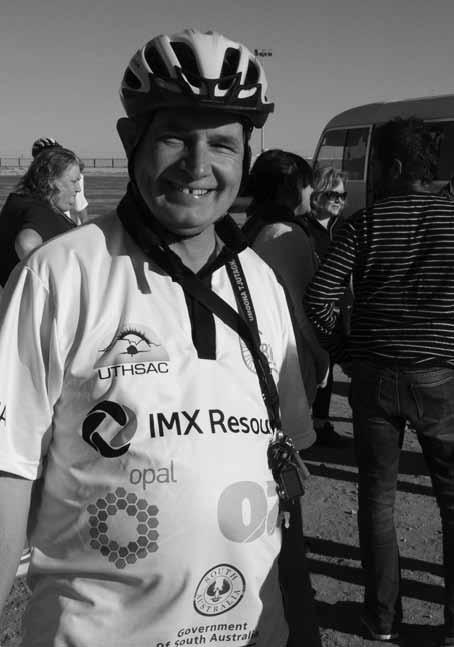
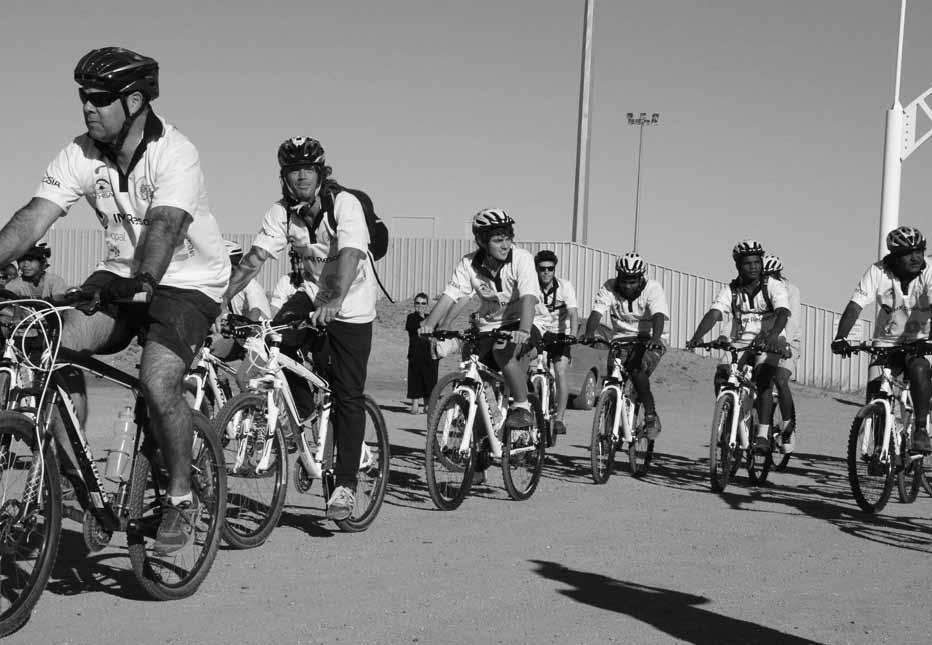

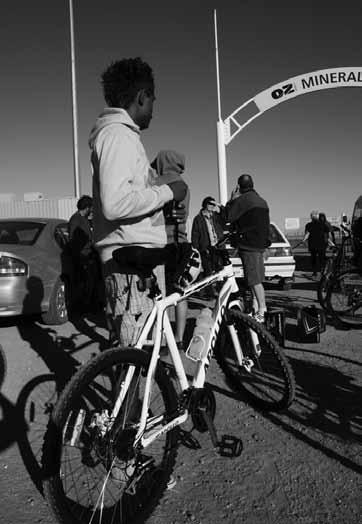
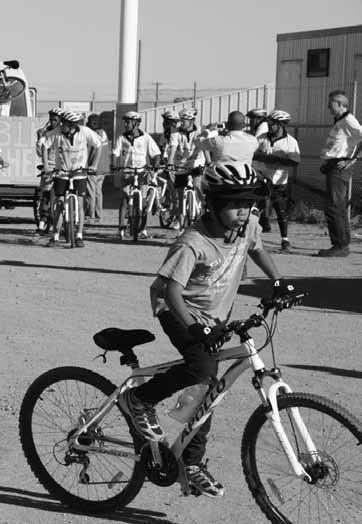

Boost for arts and language in Mimili
A $183,000 Government grant will help create local jobs and retain local culture and language in the Anangu Pitjantjatjara Yankunytjatjara (APY) Lands.
The Minister for Indigenous Affairs, Jenny Macklin, visited the APY Lands in May to announce $142,000 funding for a new arts centre in Mimili, and $41,000 to save the Yankunytjatjara language from being forever lost.
Ms Macklin said that total Government investment for a new arts centre in Mimili is now at $1.2 million, thanks to a $745,000 investment from the Regional Development Australia Fund, and joint Australian and South Australian funds of $337,000 for adjoining staff accommodation.
“These combined funds will enable Mimili Maku Arts to build a new centre on a new block, with construction expected to finish by early next year,” Ms Macklin said. “Successful art centres are often a crucial source of generating commercial income within Indigenous communities, especially in remote areas, and income generated through art sales is reinvested in local communities.
“Arts centres also help local people remain connected to culture.”
Mimili Maku Arts has also received $41,000 for a Yankunytjatjara language preservation project. “Yankunytjatjara, one of four Indigenous languages spoken in Mimili, is in danger of being forever lost. It is estimated that there are less than 300 remaining speakers,” Ms Macklin said.
“The language preservation project will document senior Yankunytjatjara men and women telling stories about growing up on Yankunytjatjara country, develop literacy materials in Yankunytjatjara for use in Anangu schools on the APY Lands, and develop an interactive website with stories about growing up on Yankunytjatjara country.
“I know this means so much to the Yankunytjatjara people, that their language and culture is passed down to future generations. “The elders and speakers who support this proposal have great knowledge of language and culture to offer, and it is important to preserve this knowledge while we still can.”
The funding is part of the Australian Government’s Indigenous Remote Service Delivery Special Account.
The Australian Government has invested $46 million over three years to the Indigenous Remote Service Delivery Special Account for high-priority projects in remote communities, focusing on projects identified by communities as part of their Local Implementation Plans.
IMX donates to Youth Shed
Coober Pedy’s Youth Shed is a lot more comfortable following the donation of some lounges and a DVD player by IMX Resources. IMX recently upgraded some of the furniture it has in its five Coober Pedy dugouts. The dugouts are used to accommodate the IMX Resources fly-in, fly-out staff. “We had a few lounges that we no longer needed and thought it would be great to donate them to the Youth Shed,” said IMX’s Steve Staines.
The Youth Shed is funded by the Coober Pedy Council and the Department of Communities and Social Inclusion but relies heavily on donations for “extra comforts”. Sophie Reynolds, Youth Development Officer with the District Council of Coober Pedy said the Youth Shed is used every day. “Some days we have up to 20 kids here at any one time,” she said. “It’s fantastic that they can have a place to come and hangout and now be comfortable too.
IMX donated four two-seater lounges and a DVD player.
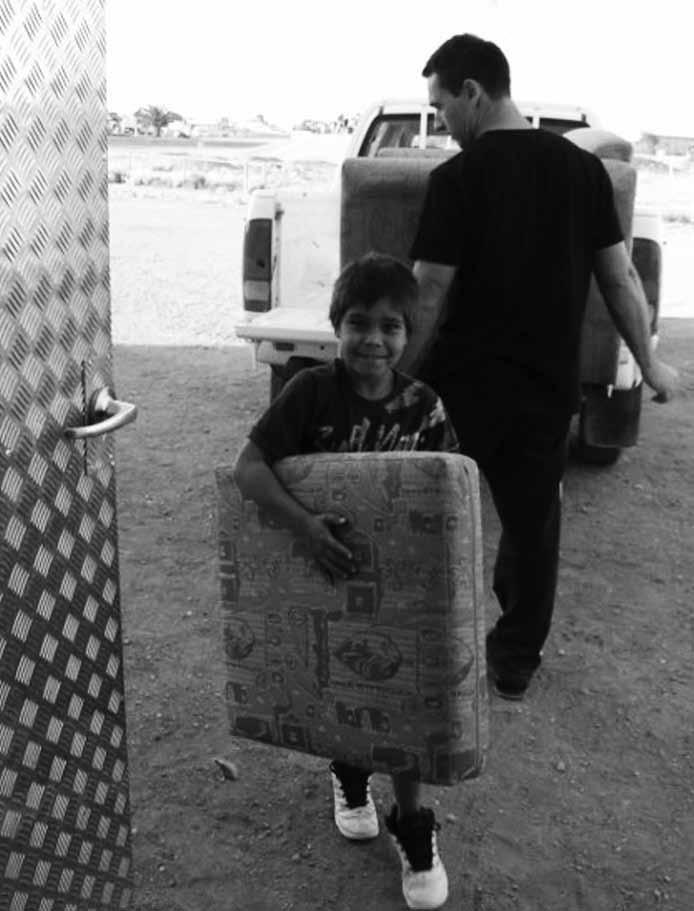
Spotlight on Wilto Yerlo
Wilto Yerlo is the name for the Aboriginal and Torres Strait Islander Education Unit at the University of Adelaide.
Wilto Yerlo is celebrating its 25th Year of Aboriginal & Torres Strait Islander Education at the university. Wilto Yerlo offers Aboriginal and Torres Strait Islander people access to University programs through the Aboriginal Access Entry Scheme. This is an alternative means of direct entry to all University undergraduate programs. The Aboriginal Access Entry Scheme also offers entry to the Wilto Yerlo University Preparatory Program, as well as Programs in the Centre of Aboriginal Studies in Music (CASM). Wilto Yerlo has a range of services to assist students to successfully complete their degree. They are able to provide Student Support Officers and assistance with accommodation, scholarships and tutoring.
The University of Adelaide is on traditional Kaurna country. In the language of the Kaurna people, Wilto Yerlo means “Sea Eagle”. Wilto Yerlo is the totem of Gladys Elphick
Entry into the Wilto Yerlo University Preparatory Program, aims to provide an alternative pathway into University, and prepares Aboriginal and Torres Strait Islander students for the successful transition into degree programs.
AFL Players’ Association launch interactive Indigenous players’ map
The AFL Players’ Association has launched the first ever Interactive Indigenous players’ map to highlight the cultural diversity amongst Indigenous players. Featuring 79 current players from 41 language and/or cultural groups in Australia, the map aims to inform and educate the football community and wider public on the various language and cultural groups of Indigenous AFL players. Adam Goodes, AFL Players’ Indigenous Advisory Board Chairman said, “Indigenous players represent a diverse range of language groups across the country. The different language groups each have their own distinct traditions and culture and can differ greatly between each group. “The Indigenous Advisory Board worked together with the Players’ Association on the concept of the map, and we are thrilled to see it brought to life to celebrate Indigenous Round and the contribution of Indigenous players to the game. “The map profiles each of our countries – not necessarily where we were recruited from, but where our families originate from. It is important for us to share our stories and where we come from with each other, and the interactive map is a way of sharing this with the wider community.” The AFL Players’ Association Indigenous Advisory Board is the first of its kind in Australian sport, and was established by players to continue to improve the AFL landscape for Indigenous players. The Advisory Board liaises directly with the Players’ Association to provide guidance on the development of the programs and support services which directly relate to Indigenous players within the AFL.
Interactive Indigenous players’ map facts:
• There were once over 250 known language groups across Australia. • Each language group has its own distinct culture and traditions. • There are currently 79 Indigenous players on AFL lists. • In 2012, Indigenous Players represent 41 language and/ or cultural groups. Cultural groups are a collective of language groups who have a common cultural identity. • The largest cluster of players is in the Noongar (Southwest
Region of WA) cultural group with 33 players originating specifically from here.

Students who come via this pathway and successfully complete the program will be eligible to enrol into a range of programs including: Social Sciences, Arts, Law, Architecture, Sciences, Nursing, Business, Health Sciences and Teaching.
New gym for Fregon
Young people in Fregon in the Anangu Pitjantjatjara Yankuny tjatjara (APY) Lands will have a new gym in which to play spor t and socialise, with the federal government contribut ing $35,000 towards the construct ion of the facilit y.
The Fregon Communit y Council has provided a fur ther $21,000 towards the construction of the gymnasium.
During a visit to Fregon, the Minister for Families, Communit y Ser vices and Indigenous Af fairs, Jenny Macklin, said the new facilit y would include a free space weights room to enable Fregon’s young people to improve their physical health.
“Among the users of the new facilit y will be members of the Fregon Football and Sof tball teams who will use the gymnasium as a dedicated space to under take weights training to keep themselves in peak condition for the season,” Ms Macklin said.
“It will also provide a central meeting place for Fregon’s youth, as par t of the Government ’s commitment to continue to work with Indigenous communities to tackle petrol snif fing and other substance misuse.
“Substance misuse has a devastating impact on the health and wellbeing of young Aboriginal kids, and of ten their families and communities.
“Driven by young people in Fregon, this project will ensure kids are par ticipating in positive activities, including weights training to improve their self- esteem and their fitness, and will help them stay engaged in the communit y.
“This project is also providing valuable Indigenous job oppor tunities, with local communit y members being trained and employed to help build the gymnasium.”
This funding is par t of the Government ’s $86.3 million Petrol Snif fing Strategy, which aims to reduce the incidence and impact of petrol snif fing and drug and alcohol misuse among young Indigenous people in remote communities.
This project will help build a stronger and safer Fregon and is par t of the government ’s ef for ts to close the gap in Indigenous disadvantage.
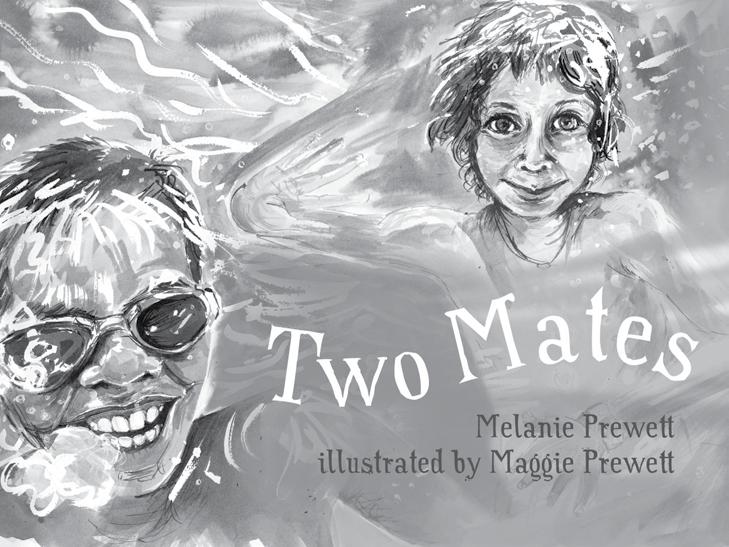
Governance in Aboriginal Health demands high standards
The board of the National Aboriginal Community Controlled Health Organisation has welcomed the partnership with the Federal Government to improve the standards of governance in the Aboriginal Community Controlled Health sector.
NACCHO Chair, Mr Justin Mohamed was responding to a management crisis besetting Congress, one of the nations biggest and most successful Aboriginal community health services with a budget of $38 million and a client base of almost 10,000 central desert people. “As the Minister of Indigenous Health Warren Snowdon pointed out in an interview this week 85% of Indigenous health services were well administered and had adopted improved standards of transparency, accountability and governance.” Mr Mohamed said “Good governance and financial management of any public organisation is essential. NACCHO has been working closely with our sector to develop a series of guiding governance principles for the Aboriginal Community Controlled Health Services (ACCHS) across urban, regional and remote Australia, to assist organisations to responsibly govern on behalf of their communities in delivering comprehensive primary health services.” Mr Mohamed said “It is to the benefit of our entire sector that safeguards and processes are in place to uphold good governance and to investigate and address any anomalies that are discovered. Where there are doubts about financial management arising from audits of services, NACCHO welcomes thorough investigation and the pursuit of appropriate action. The Aboriginal Community Controlled Health sector places the highest importance on integrity, transparency and accountability in all matters relating to governance. When this is not done, the people who suffer the most are Aboriginal families and their Communities.’ Mr Mohamed said.
Our column in review features reviews and stories on Aboriginal writers, artists and musicians. We welcome your feedback and suggestions. So if you know of a new work about to published or an artist or musician please contact us on (08) 8110 2800.
Two Mates
Two Mates is the true story of the special friendship between two young boys who have grown up together in the coastal town of Broome in Australia’s north-west.
Jack is indigenous and Raf is a nonindigenous boy who has spina bifida. Jack and Raf take the reader on a journey of their daily life growing up in Broome. Together they search for hermit crabs, go hunting for barni, fish for salmon, explore the markets, eat satays and dress up as superheroes. The fact that Raf is in a wheelchair is only revealed at the end of the story. Melanie Stewart, the author, is the mother of Jack. She was inspired to write Two Mates after watching Jack and Rag’s friendship develop from babies. She set out to create a story which showed that physical disability is no barrier to true friendship. This is her first book. Illustrated by the author’s mother and Jack’s grandmother, Maggie Prewett, Two Mates is available in all good bookshops and online at www.magabala.com in review



